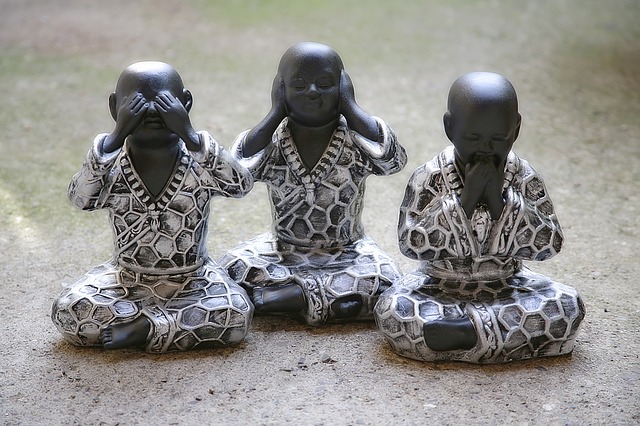
~
Why is embracing equanimity so hard?
I tried to answer this question on my “One Year to Live” class handout. What attitude or state of mind do I wish to cultivate and live with daily? I jumped on this, so sure I had a solid response.
“I want to bring about steadiness of mind and equanimity as I travel through the last chapters of my life.”
It was clear to me, as I reflected, that this was not something that would come to me in some “grand insight” and remain forever. No—it was something I had to turn my attention to everyday as I faced life’s vast array of experiences.
It’s right in there with practicing the piano, writing a book, learning a foreign language, or learning how to knit—it’s all about practice.
Of the four Brahmaviharas (divine abodes) of Buddhism, equanimity is thought to be the hardest one to live by.
What is this challenging state of mind, anyway? Equanimity is defined as “the acceptance of the continual arising and passing away of phenomena.”
These phenomena can be as small as a headache or as huge as the threat of nuclear annihilation. It could be facing a broken heart or being disappointed that our favorite eatery no longer serves clam chowder. Both fear and pleasure are impermanent.
The longer I live, the more I realize that I (and the rest of my fellow human beings) have little control what occurs around us. Yes, we can smile at a passerby on the street, give a gift to a friend, or make a beautiful meal for our family, but in the end we can’t really change the trajectory of other people’s lives. We can’t alter what they think or how they feel.
It is hard enough to redirect our own unhealthy thought patterns, like obsessive self-criticism or phobias, let alone try to change someone else’s emotional or intellectual state. We can go to the polls and vote for candidates whose values we share, but anyone who has looked at the political narrative over recent decades knows we often do not see our visions or dreams fulfilled by our chosen leaders.
Equanimity is painful at times: When we see our values trashed by those we trusted to protect our society, when we wake up day after day feeling the weight of our life winding down, when we apologize to someone and know that the hurt still remains in their heart, or when we face occasional failures to live by our own values. When we look out at the ocean and feel our heart hurting for an old loss, or when accept our own quirky physical limitations.
Pain arises because we cannot act, and we must allow it all because as humans we carry an innate inclination to make things better, to heal wounds, and to bring a smile to a sad face. We are wired to strive for happiness and goodness.
When my youngest daughter was a little girl, she reminded me that I helped her bad dreams go away. When she said this, my heart went all warm and mushy. I felt she had paid me the ultimate tribute, for I had the capacity to drive away the darkness.
Or did I?
I think I simply witnessed her fears and put my hands on her body, and the nightmares eventually floated off into space. There’s something sweet and fairytale-like about this. It reminds me of the profound burden of parenthood—the enormous job we take on of making things better for our children. And this is where love comes in. If we continue to hang in there with love, we may often help the pain of another recede. But sometimes we must understand that we can’t.
Our lives during these times are complicated. We live in a fragmented, techno-driven culture where closeness, trust, and intimacy are more and more of a rarity, while dishonesty, unconsciousness, and greed are manifested too frequently. Witnessing and simply touching one another with love seems harder and harder to come by.
That doesn’t mean we give up. No throwing up of hands here. Our task is to extend ourselves with curiosity, affection, and compassion, even as we sit with everything we cannot change.
We must get to know equanimity. Because love is who we are. No matter what. And we can’t weather the storms ahead without it.
~
~
~
Author: Mag Dimond
Image: Pixabay
Editor: Danielle Beutell






Read 1 comment and reply